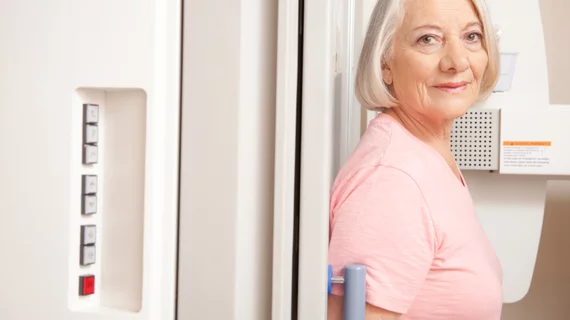51% of patients seeking second-opinion review from breast imaging specialists received big interpretation changes
A new study published in the Journal of the American College of Radiology found that breast imaging specialists provide significant value to patients when conducting second-opinion review of imaging studies, even before the patient is diagnosed with breast cancer.
The authors performed a retrospective search of their institution’s data from 2014 to identify patients who self-referred for a second-opinion review after receiving imaging services at an outside institution. The study included 147 patients with 176 lesions.
Overall, second-opinion review was discordant with the original interpretation 47 percent of the time. Second-opinion review also downgraded 25 percent of lesions originally reported as “suspicious,” averting biopsy for those patients, and upgraded 39 percent of lesions originally reported as “benign” or “probably benign.”
In addition, second-opinion review resulted in a total of 87 lesions being biopsied. Thirty-two percent of those biopsies were recommended after the breast imaging specialist’s second-opinion review. Twenty-nine percent of those biopsies yielded cancer.
“Overall, 51 percent of patients who sought a second opinion by a breast imaging specialist at our cancer center received a significant interpretation change,” wrote author Kristen Coffey, MD, of the Evelyn H. Lauder Breast Center in New York City, and colleagues. This is consistent with the 28 percent to 57 percent range reported in breast imaging literature and higher than the 19% to 42% range reported by other oncologic radiology subspecialties. Because over three-quarters of the submitted studies were initially interpreted by radiologists practicing in the community, our observed discordance and increased cancer detection rates likely reflect differences in subspecialty training and experience among the radiologists, as previously reported.”

